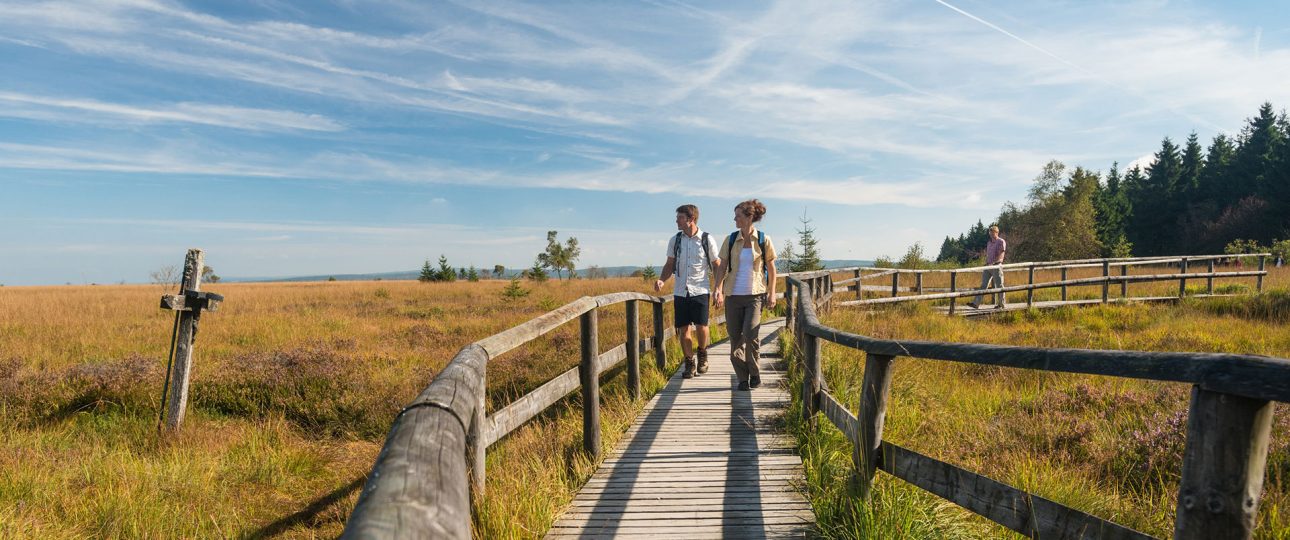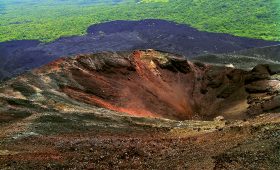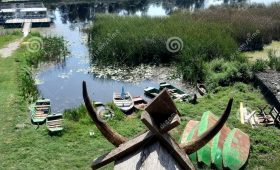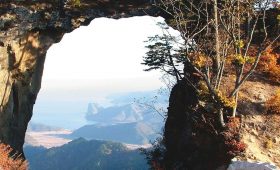Exploring Parc Naturel des Hautes Fagnes
Parc Naturel des Hautes Fagnes, the oldest nature park in Wallonia, Belgium, offers a diverse and enchanting landscape. Known as the “Savane of the Ardennes,” this park is a haven for nature lovers and those seeking tranquility. Spanning approximately 73,850 hectares, it features a variety of landscapes, including moors, peat bogs, and dense forests.
Location and Overview
Located in the eastern part of Belgium, the park is part of the Ardennes region. It is renowned for its diverse environments, from the majestic Hertogenwald forest to the hilly landscapes of the Belgian Eifel. The park also includes picturesque villages and serene valleys surrounding the Our River, along with lakes and dams that add to its charm.
Unique Features
Parc Naturel des Hautes Fagnes stands out for its exceptional biodiversity. It is home to a variety of plant and animal species, some of which are rare and endangered. The park’s unique ecosystems, such as its moors and peat bogs, support a wide range of flora and fauna.
Wildlife
Wildlife enthusiasts will find the park a rewarding destination. It hosts the last Belgian population of black grouse, a symbol of the park. Other notable species include the royal kite, black stork, and wild cat. Birdwatchers can enjoy spotting these and other large birds with the help of binoculars.
Flora
The park’s flora is equally impressive. It features carnivorous plants like Drosera, typical of its wetland areas. In April, the Eifel region within the park blooms with thousands of daffodils. Visitors can also find linaigrette and trientale among the diverse plant life.
Best Time to Visit
Each season offers a unique experience in the park. Spring brings vibrant blooms and the return of migratory birds. Summer is ideal for hiking and exploring the extensive network of trails. Autumn transforms the landscape with stunning colors, while winter offers opportunities for cross-country skiing and snowshoeing.
Getting There
Reaching Parc Naturel des Hautes Fagnes is straightforward. By car, take the E42 highway. For public transportation, travel by train to Eupen, then catch a bus to the park entrance. The park house serves as a starting point for many walks.
Local Transportation
Once inside the park, hiking is the most popular way to explore. The park boasts hundreds of kilometers of marked walking routes, catering to various difficulty levels. For those who prefer biking, there are 680 kilometers of marked mountain bike trails.
Considerations
While the park offers stunning natural beauty, visitors should be prepared for variable weather conditions, especially in the moorlands. It’s advisable to wear appropriate clothing and bring necessary gear for outdoor activities. Additionally, some areas may have limited facilities, so plan accordingly.




